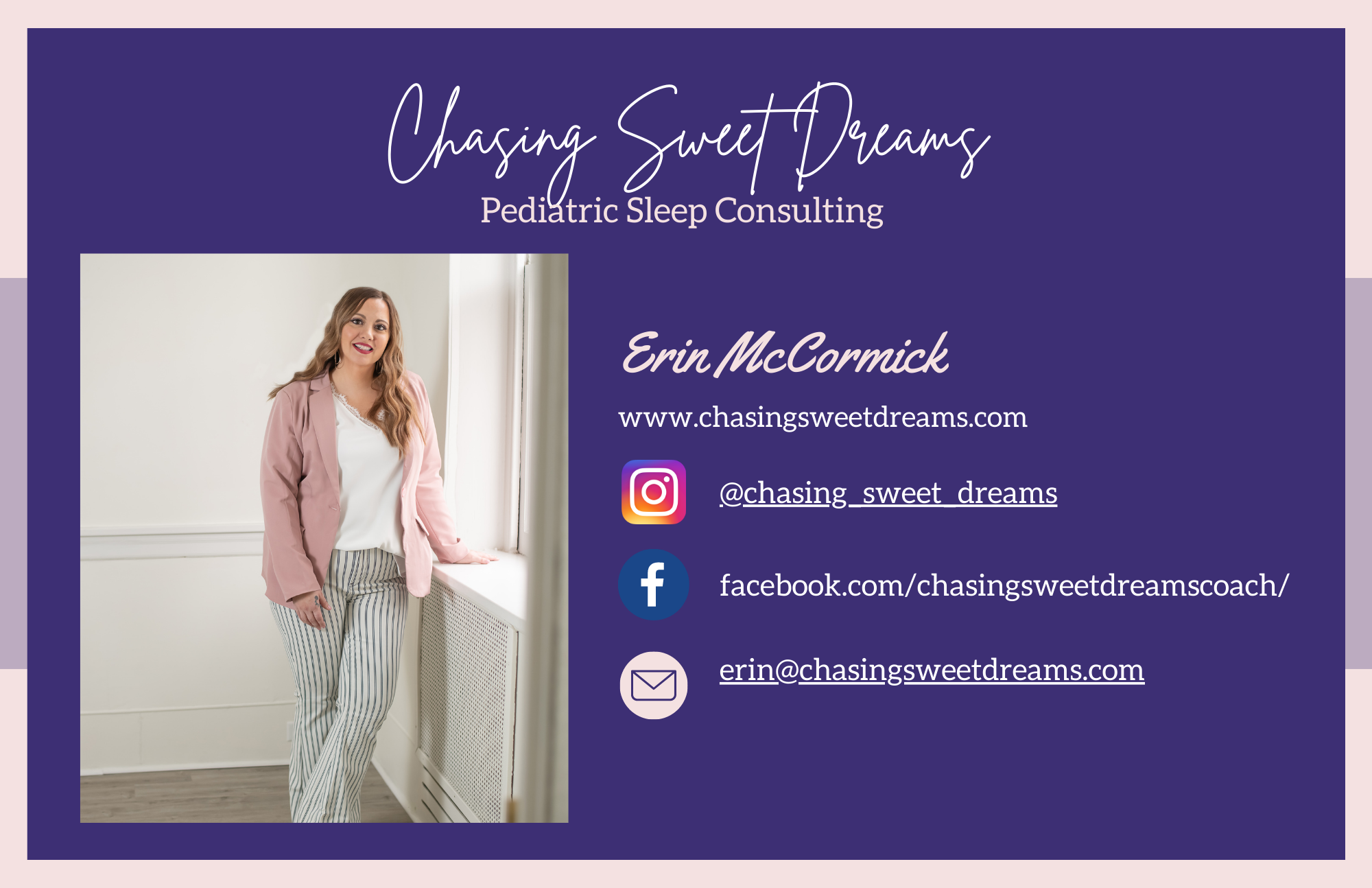Sleep Training and Attachment Parenting
Are you worried that teaching your baby to sleep, or sleep training, is going to hurt your bond with them? Do you ever wonder if attached parenting is possible with sleep training?
I often get asked: will teaching my baby to sleep hurt my bond with them? That’s all our biggest worry. I felt that way too when I was going through this, and the answer: no. Let’s talk about why so many parents teach their babies to sleep and continue to have a strong and secure bond with their babies.
Here’s the thing: there is confusion here.. Please don’t confuse the terms Attachment Parenting and Secure Attachment.
Let’s talk about both of these.
Attachment Parenting vs. Secure Attachment
Attachment Parenting
The term Attachment Parenting was coined by famous pediatrician Dr. Sears, and there’s a basic premise to it: you’re always with your kiddo. You co-sleep, you feed on demand, and there’s lots of baby-wearing. This philosophy defends that this is the only way to really promote a great attachment with your child.
Secure Attachment
Secure attachment goes back to lots of psychological development research and it’s based on the idea that a child and their caregiver need to have trust, empathy, and understanding to allow the child to develop in a healthy way. Secure attachment, basically, the idea is that the child is seen, heard, and feels that they are safe and secure in the world, and they have someone to rely on.
How is secure attachment formed? It’s formed through the hundreds of verbal and non-verbal interactions that you have with your child every single day. The eye contact, the touch, the responding to demands for milk, or food, or a hug, or picking them up… hundreds and hundreds of little interactions that you have every single day with your child help promote that secure attachment.
Will Sleep Training Hurt Secure Attachment?
So will sleep training harm that? Well, first let’s do a quick review of what sleep training is. If you follow me at all, you know that I hate the term sleep training, because we train our dogs but we teach our kids. I much prefer the term “sleep teaching”.
Sleep teaching is taking away a known way of falling asleep. These known ways of falling asleep might include nursing, using a pacifier, rocking, etc. You stop doing these things so that your child can develop independent sleep skills which will help them relax into sleep and then sleep through the night. All humans wake up in the night, but not all humans require those things over and over again to help them go back to sleep. Kids with self-soothing skills can put themselves back to sleep between sleep cycles.
So how does this all fit together?
Well, first of all, the critics who say sleep training will harm your baby and your attachment to them are using out-of-date information. Here’s why:
With my methods, there are five steps to success in helping your baby sleep through the night.
 The Five Steps of the Chasing Sweet Dreams Methods
The Five Steps of the Chasing Sweet Dreams Methods
Number 1 – is understanding that while the drive to sleep is biological, the way we sleep is a learned habit. Think about yourself. If I said to you tonight: you can’t sleep in your favorite position. Gosh! You’d be uncomfortable. You would toss, and turn, and be frustrated, but eventually you would learn a new way of relaxing down into sleep. You would soothe yourself down into sleep, and that’s essentially what sleep teaching is for our little ones: taking away that known way of falling asleep, so they can develop independent skills that are more sustainable
Number 2 – is the timing of sleep. Knowing that putting kids down too early or too late based on their age can make it harder for them to fall asleep.
Number 3 – is being an intentional feeder. Using food for fuel rather than to soothe, and get those calories into the daytime and stack them there so you can have long stretches of age-appropriate sleep.
Number 4 – is messaging and being consistent. If sometimes in the night you feed them, sometimes you rock them back to sleep, other times you reinsert the pacifier, sometimes you let them cry… Those are very different messages about how sleep happens, and that makes it harder for your child to learn what to expect.
Number 5 is responding. This is the only thing people think about when they think about sleep teaching: how do I respond to my child’s cries when I take away that known sleep crutch? And the critics of sleep training think that you close the door and don’t go back in, and that is not all that we’re doing. We’re doing all those other steps first, and then we’re working on responding.
Gentle Sleep Teaching Methods
From one of the gentlest methods that we teach at Chasing Sweet Dreams is sitting beside your child, offering them physical and verbal reassurance, helping them fall asleep, but in the crib. Maybe not in your arms, or at your breast, or in your bed, but you are right there with them, responding. And what is secure attachment based on? It’s based on being seen, it’s being heard, and responded to. All those needs are being met with this method.
Another method that we teach is the idea of interval checks. I hear you, I come in, I check on you, I let you know you’ve been heard, and then I leave again because being beside you doesn’t work necessarily for your little one’s personality. But again, you’re responding and acknowledging.
Why Do Babies Cry During Sleep Training?
The tears come from frustration. “Oh my goodness mom, I’m tired! Why are you changing the way that I fall asleep right now, when I’m already so tired? I wish you would come and get me.”
Here’s what I have found in my years of doing this, working with hundreds of people at this point. Teaching your baby to sleep usually increases your bond with your child, because your child is now much better rested. And almost every parent that I work with reports how much happier and less fussy their little one is during the daytime. Therefore, when they are fussy, it allows you to raise a red flag! It allows you to be that much more in tune with their needs. And that’s a really amazing feeling, to feel that you really know your child and you don’t need to pick up and mute the tears by reinserting the pacifier, or breastfeeding, or bottle feeding them back to sleep. No judgment if that’s what you’re doing, because that’s what I did until I was ready to take a new chapter in our parenting journey, but that’s what I was doing – because I didn’t know what else to do.
Final Thoughts
No matter your parenting approach, there is always a way to work towards better sleep. Some approaches take longer than others to achieve independent sleep, but with consistency and patience, you will see results! At the end of the day, the best approach to sleep that you can use is the one that feels right for you and your child.
Is your little one struggling with sleep? Set up a discovery call! I am here for you!
Sending sleepy vibes and sweet dreams your way!
Erin McCormick
Your Pediatric Sleep Consultant



